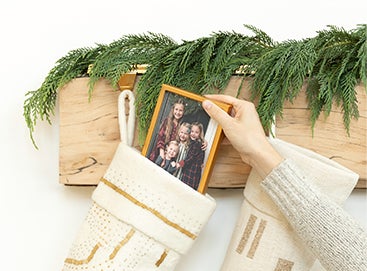01
How to Start Your Junk Journal
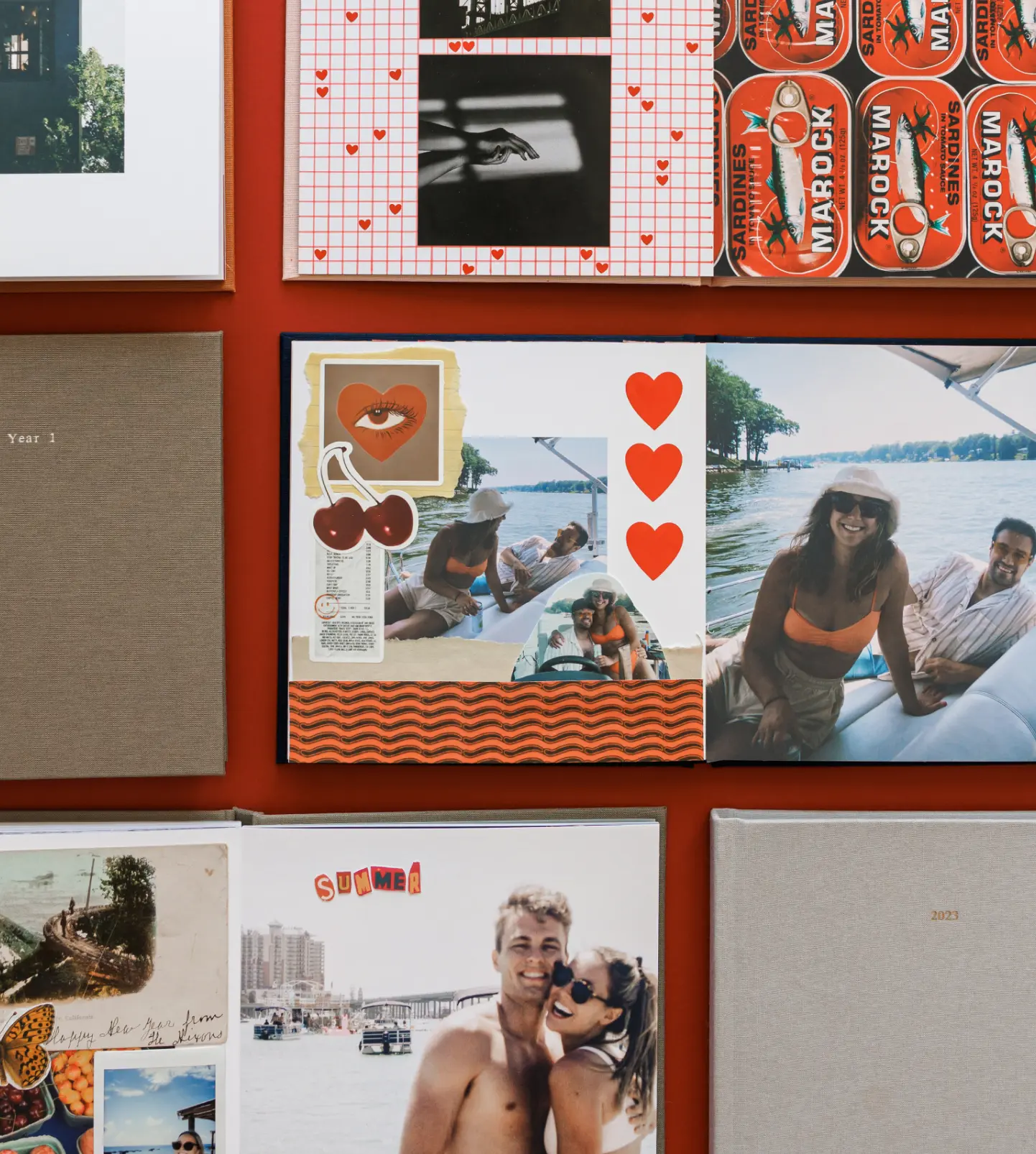
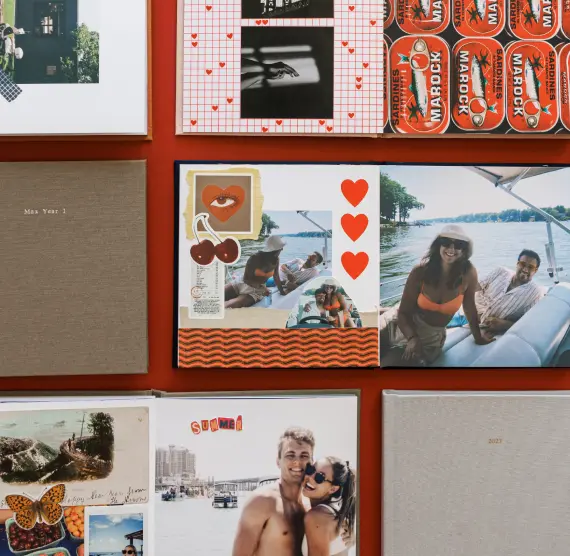
Step 1: Create an Everyday Photo Book.
The Everyday Photo Book’s sturdy, matte pages can easily withstand the weight of stickers, ticket stubs, and trinkets, making it the perfect match for a junk journal. Pick a theme and design your pages accordingly — or leave it open-ended and scheme as you go! Pro tip: Leave negative space around your photos for layering in ephemera.
Step 2: Print additional photos.
Creating small Lustre Prints or Everyday Prints adds to the fun! Print them while you build your Everyday Photo Book, and layer them into your junk journal later.
Step 3: Collect your materials.
Commonly referred to as ephemera, your salvaged treasures will put the “junk” in junk book. Some of our favorite idea starters? Ribbons, stickers, receipts, ticket stubs, magazine cutouts, dried flowers, bookmarks, postcards, handwritten notes… You can upcycle anything!
Step 4: Design your spreads.
Begin transferring your ephemera to the pages of your journal. Let your creativity run wild, playing with layers and textures until you piece together spreads that truly speak to you.
Step 5: Start sticking!
Once you’re happy with the layout, glue everything down. Voilà! Now you have a memory book filled with inspiration to look back on. Remember to embrace the imperfections. Junk journaling is an open invitation to unlock your creativity and express yourself, free of inhibitions. Keep scrolling as we share some of our favorite spreads to inspire you to kickstart your own journey.
The Everyday Photo Book’s sturdy, matte pages can easily withstand the weight of stickers, ticket stubs, and trinkets, making it the perfect match for a junk journal. Pick a theme and design your pages accordingly — or leave it open-ended and scheme as you go! Pro tip: Leave negative space around your photos for layering in ephemera.
Step 2: Print additional photos.
Creating small Lustre Prints or Everyday Prints adds to the fun! Print them while you build your Everyday Photo Book, and layer them into your junk journal later.
Step 3: Collect your materials.
Commonly referred to as ephemera, your salvaged treasures will put the “junk” in junk book. Some of our favorite idea starters? Ribbons, stickers, receipts, ticket stubs, magazine cutouts, dried flowers, bookmarks, postcards, handwritten notes… You can upcycle anything!
Step 4: Design your spreads.
Begin transferring your ephemera to the pages of your journal. Let your creativity run wild, playing with layers and textures until you piece together spreads that truly speak to you.
Step 5: Start sticking!
Once you’re happy with the layout, glue everything down. Voilà! Now you have a memory book filled with inspiration to look back on. Remember to embrace the imperfections. Junk journaling is an open invitation to unlock your creativity and express yourself, free of inhibitions. Keep scrolling as we share some of our favorite spreads to inspire you to kickstart your own journey.

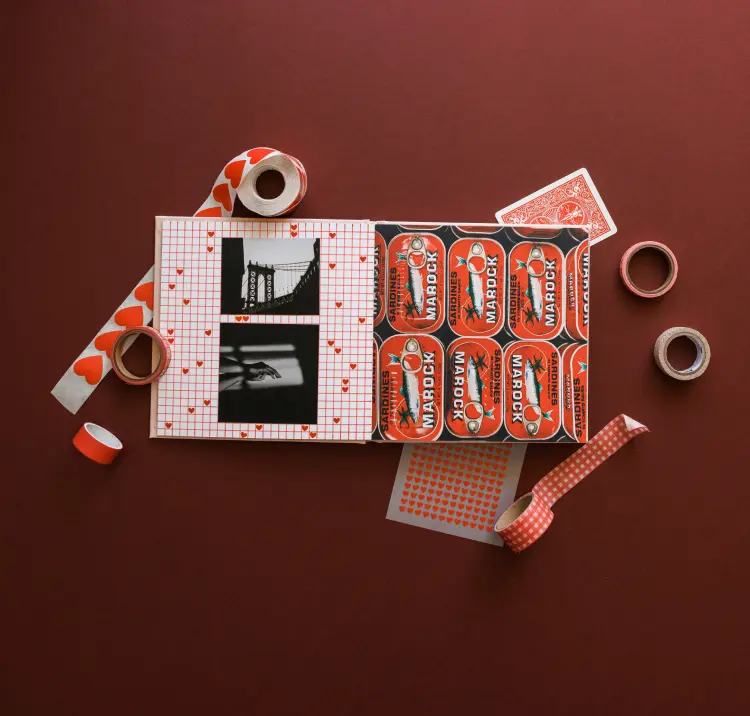
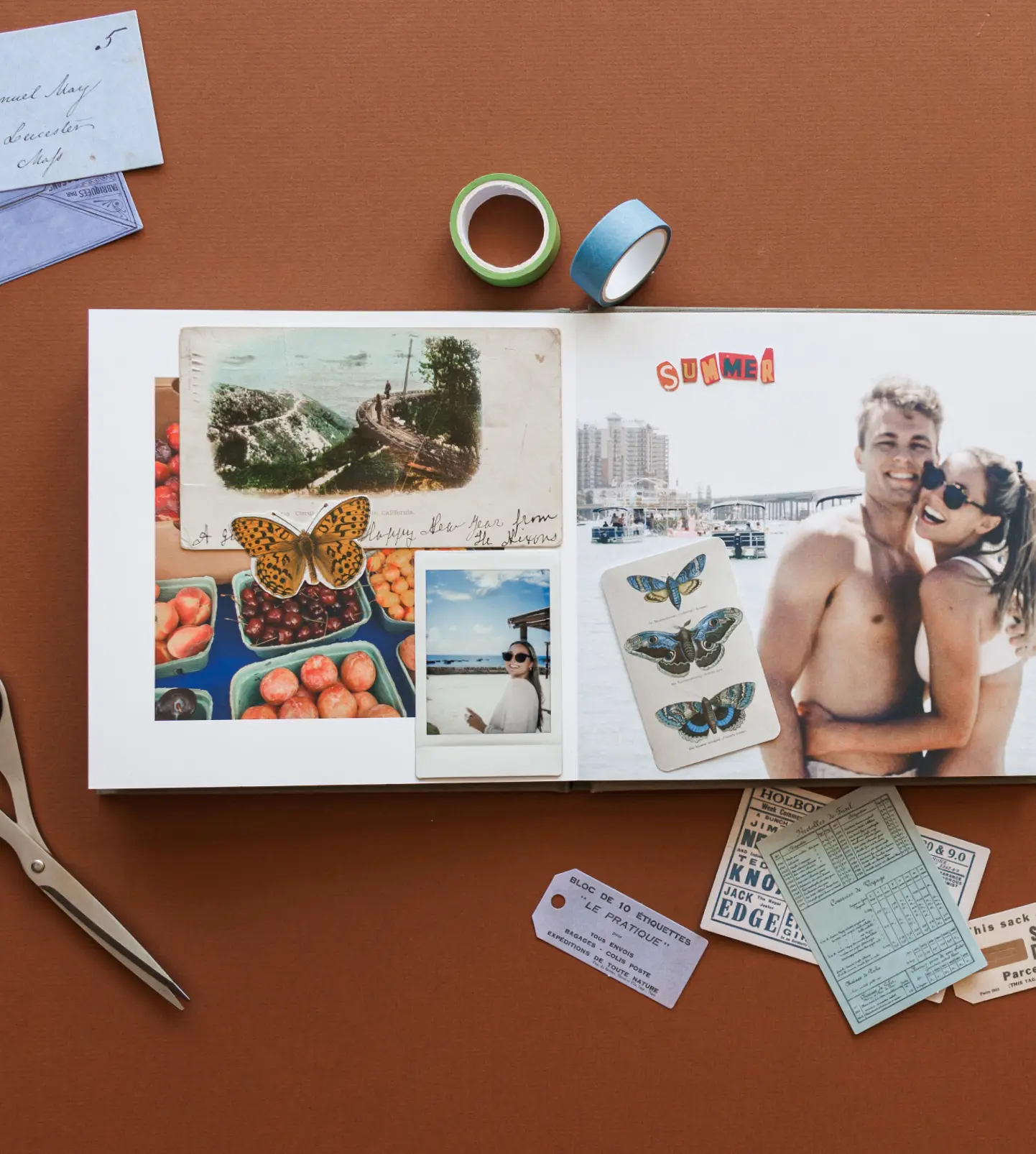
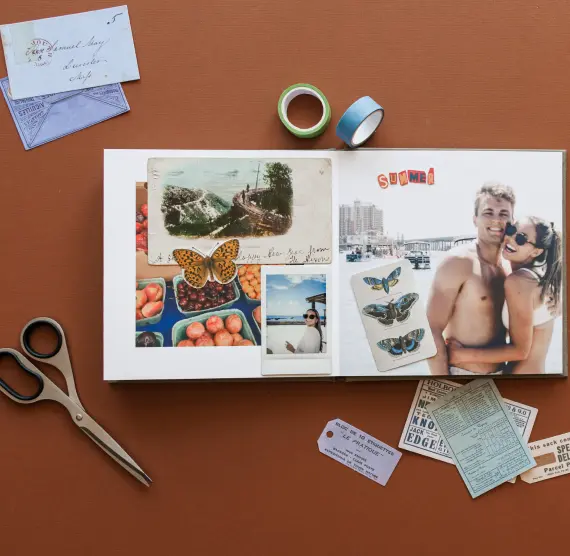
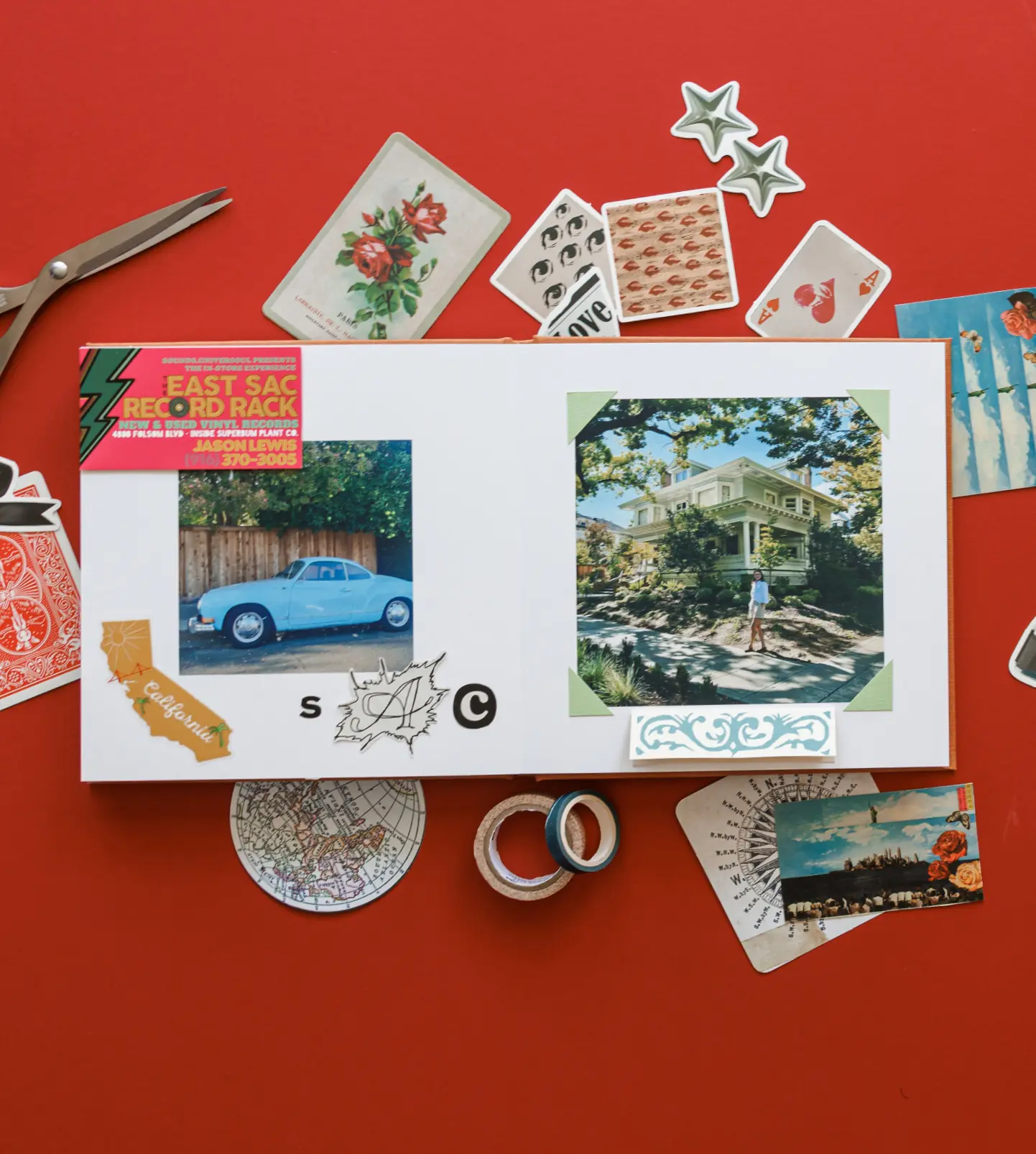
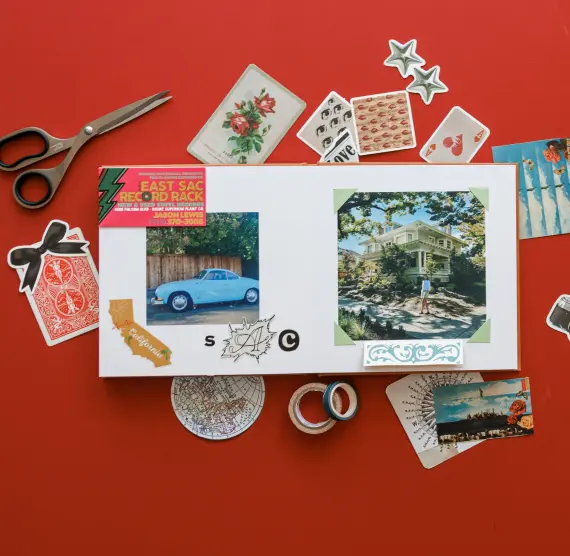

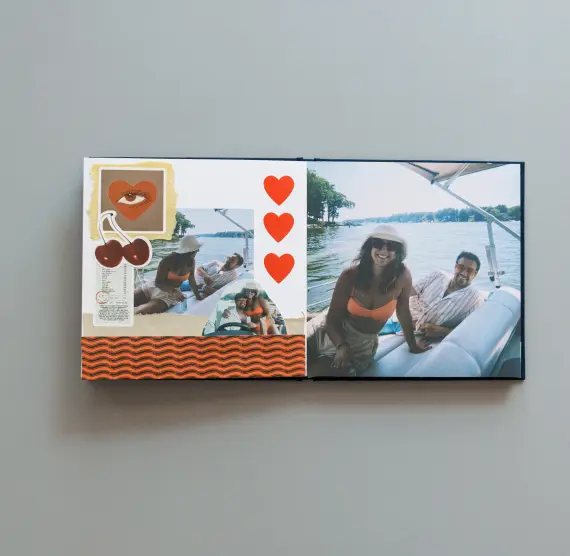
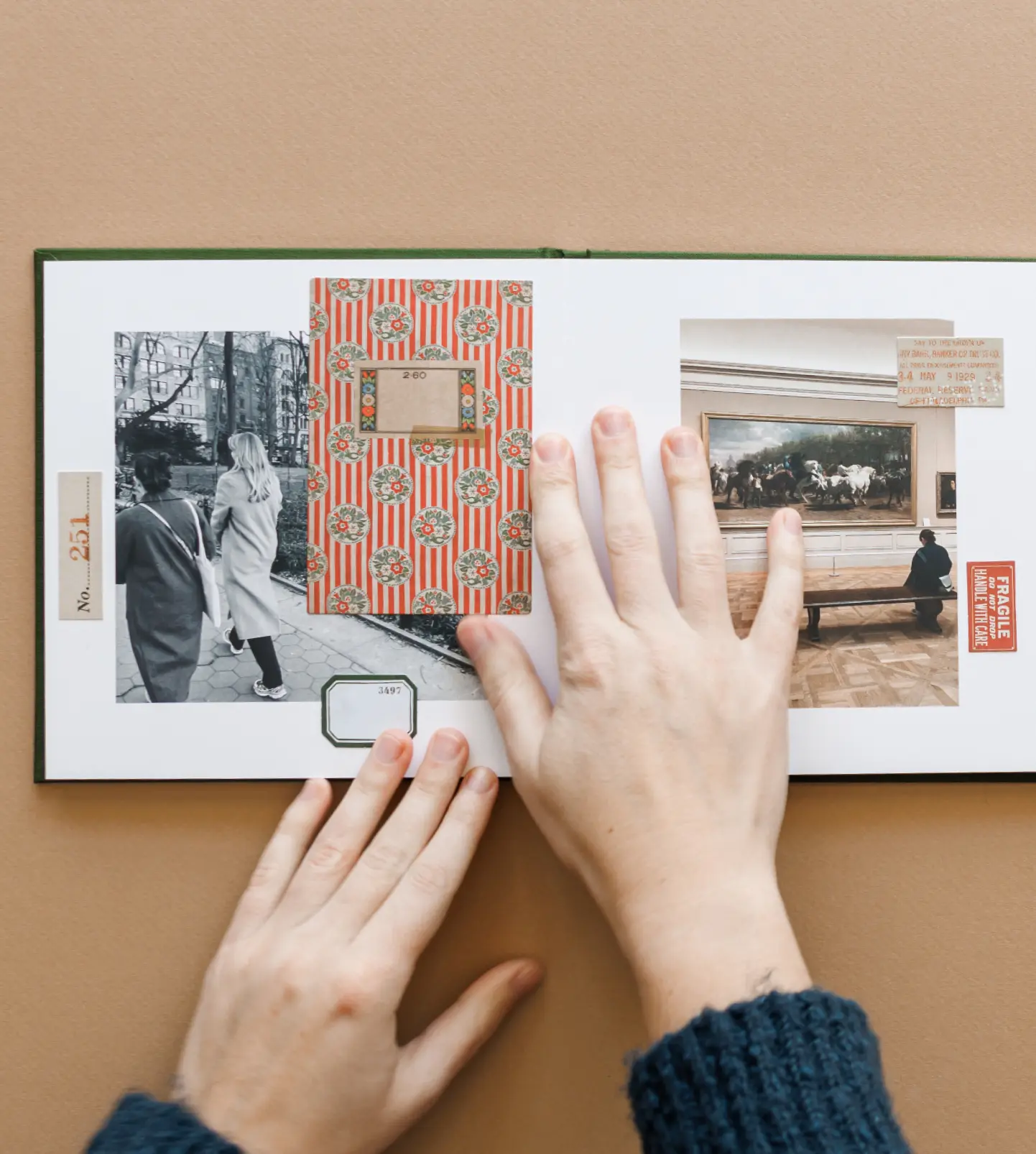
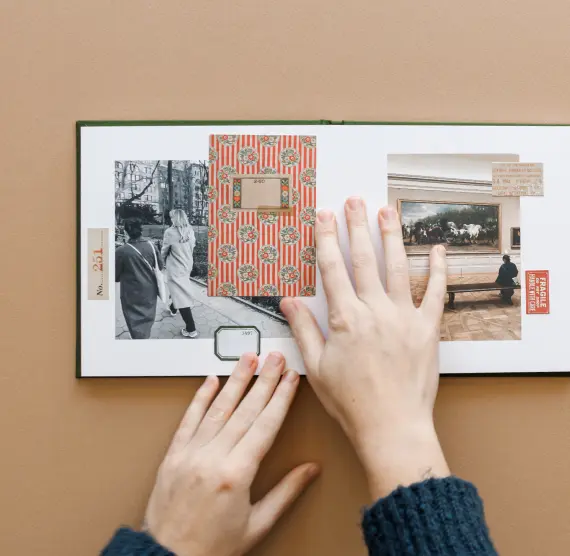
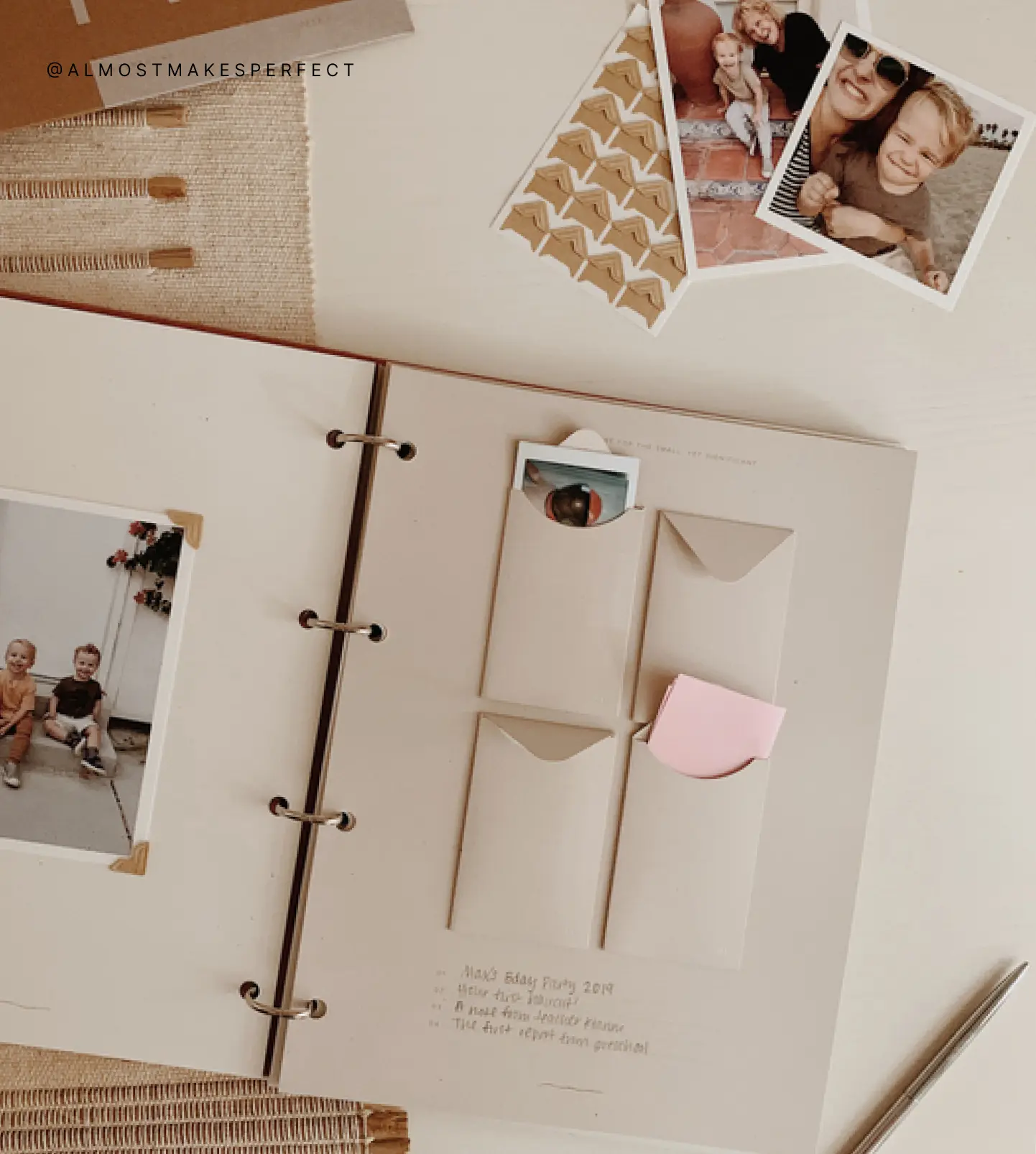
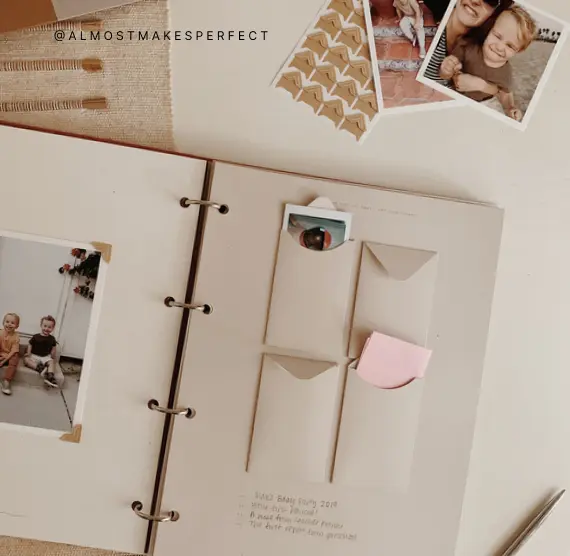
.jpg)

